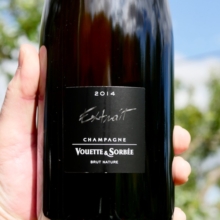
Product information
Champagne Vouette et Sorbée Extrait 2014
Blend from France, Côte des Bar, Champagne, Buxières-sur-Arce
$394
Description
Lovely. Complete flowing, harmonious, wonderful weight and driving length. Exceptional, seamless layers drawing you in. Full of personality with incredible energy. The purity and refinement are just superb. The Extrait draws you in!
In stock
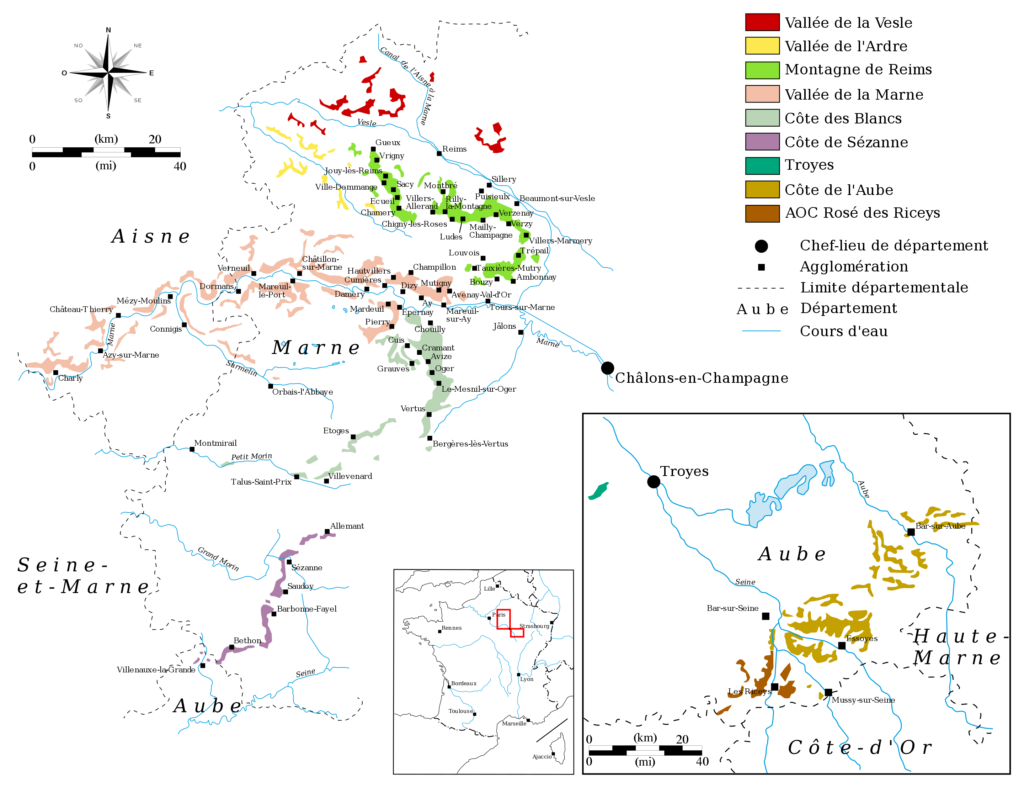



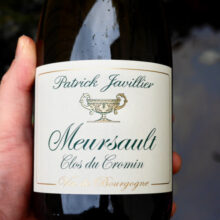
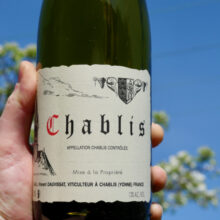

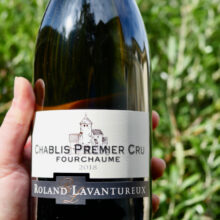
You must be logged in to post a comment.